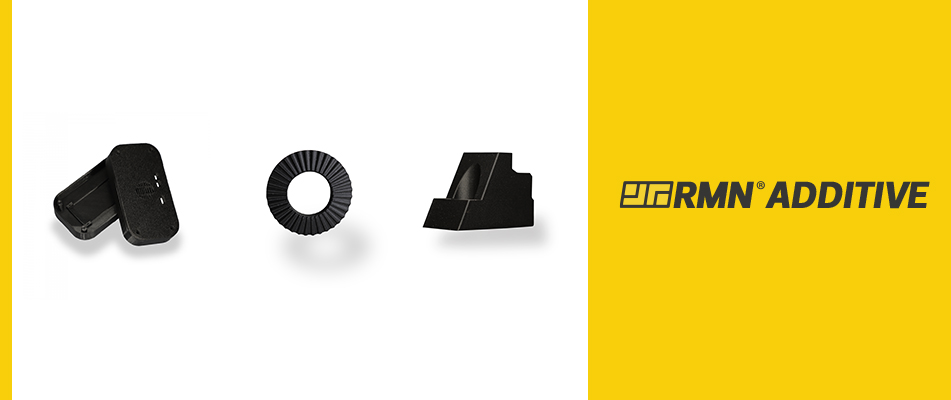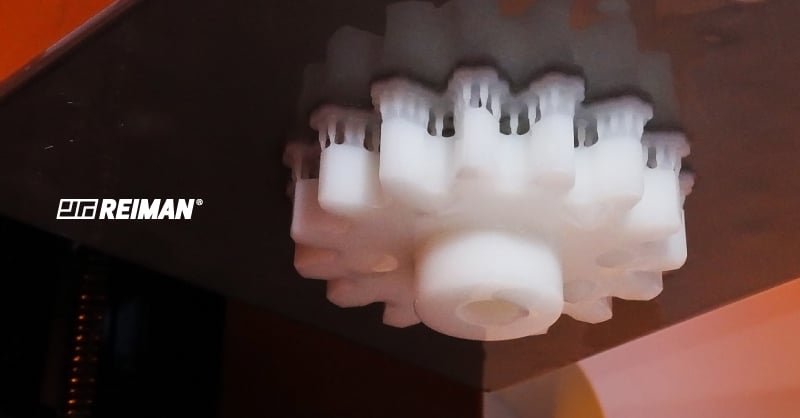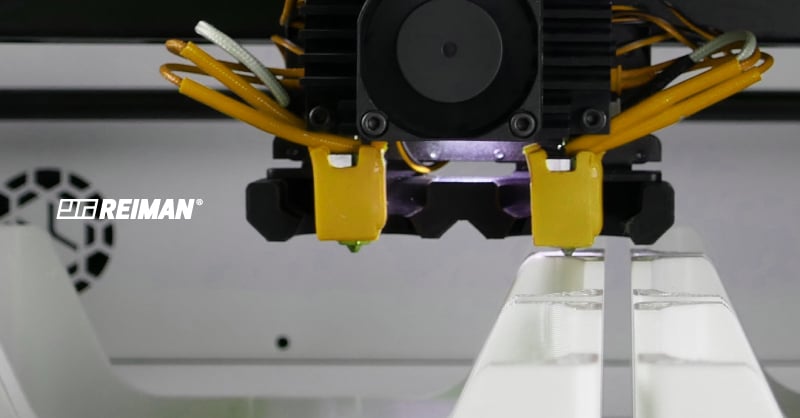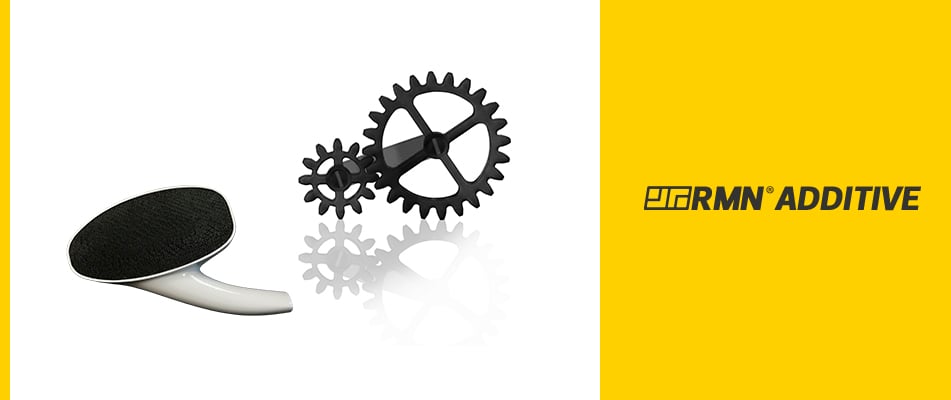We use cookies to make your experience better. To comply with the new e-Privacy directive, we need to ask for your consent to set the cookies. Learn more.
Additive Manufacturing: What is it? What advantages does it bring?

What is Additive Manufacturing?
Additive Manufacturing is a 3D printing technology through which it is possible to obtain strong and resistant parts, prototypes, and models. 3D printing begins by designing the part in CAD software that then generates a .stl file. Later, this file is put into slicer software that will program the various manufacturing parameters of the part (layer height, infill, speeds, and temperatures) and generate a g-code. The materials used in the production of the parts differ according to the process used, but the application is always made layer by layer and always managed by the machine controller.
3D printing technology has existed for many years, and since then it has been updated with the best existing technologies, and today it does things that 20 years ago were unimaginable. The success of this process even allows for the creation of human tissue and leads experts to think that in a few years it will also be possible to create organs.
Reiman has a new Additive Manufacturing service available - RMN Additive. This is a project that was developed with the most advanced technologies to offer a specialized and fully customized service.
Available processes
SLA consists of creating objects through photochemical processes, namely, creating layer by layer with polymer resin using ultraviolet rays.
The materials used in this process are in liquid form which makes its molding easier and more comprehensive and therefore this becomes one of the best solutions when the goal is to obtain prototypes with high levels of complexity. It is possible to create empty spaces and several internal structures in the same process and in only one stage.
In FDM the production of the parts is made through an extrusion process where the object is built by depositing the melted material layer by layer. These materials are introduced in a 3D printer that is programmed with the temperature that must be reached. As soon as it reaches the ideal temperature, the process begins, and the material begins to melt. As previously mentioned, this material, after melting, is deposited layer by layer in determined places where it cools and solidifies. This is a repetitive process, which requires several passages until the parts are complete.
Available Materials:
- Thermoplastics
- Resins
Advantages of the process
Fast- The production time of the parts is quite reduced, which allows making several prototypes in a short time. In some cases, it is possible to make the order and the next day already have the model in hand.
Economic- Besides the speed of the process, the economic model of it is also a huge advantage, once the speed and practicity of Additive Manufacturing require fewer processes and consequently fewer people involved.
Less pollutant- Once each piece is built layer by layer, only the material necessary for its production is used and therefore excesses and waste are avoided.
Versatile/Customized- The quantity of materials allied to the process, makes it possible to produce different types of prototypes in terms of structure, size, resistance, etc.
Accurate- This process has the ability to contour very complex geometries and still reach cavities that would be unreachable with other technologies.
For more information, please contact Reiman's specialized team.





